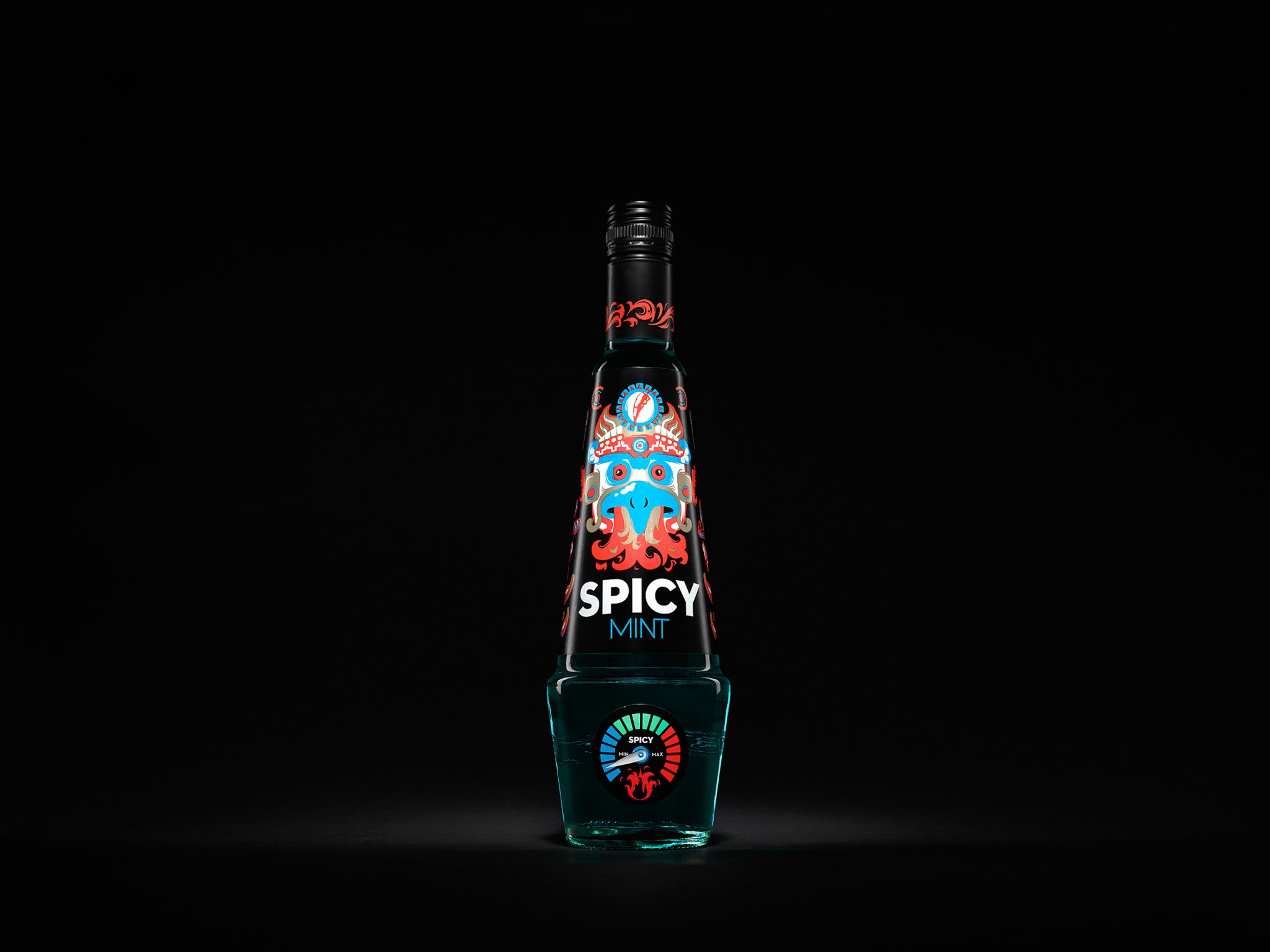

Through the Middle Ages, the source of cinnamon remained a mystery to the Western world. Cinnamon was too expensive to be commonly used on funeral pyres in Rome, but the Emperor Nero is said to have burned a year's worth of the city's supply at the funeral for his wife Poppaea Sabina in AD 65.

Diocletian's Edict on Maximum Prices from 301 AD gives a price of 125 denarii for a pound of cassia, while an agricultural labourer earned 25 denarii per day. Īccording to Pliny the Elder, a Roman pound (327 grams ) of cassia, cinnamon ( serichatum), cost up to 1,500 denarii, the wage of fifty months' labour.

However, the story remained current in Byzantium as late as 1310. He also mentioned cassia as a flavouring agent for wine, and that the tales of cinnamon being collected from the nests of cinnamon birds was a traders' fiction made up to charge more. Pliny the Elder wrote that cinnamon was brought around the Arabian peninsula on "rafts without rudders or sails or oars", taking advantage of the winter trade winds. Herodotus, Aristotle and other authors named Arabia as the source of cinnamon they recounted that giant " cinnamon birds" collected the cinnamon sticks from an unknown land where the cinnamon trees grew and used them to construct their nests. According to Herodotus, both cinnamon and cassia grew in Arabia, together with incense, myrrh and labdanum, and were guarded by winged serpents. The first Greek reference to κασία : kasía is found in a poem by Sappho in the 7th century BC. The gifts of Hellenistic rulers to temples sometimes included cassia and cinnamon. From the Ptolemaic Kingdom onward, Ancient Egyptian recipes for kyphi, an aromatic used for burning, included cinnamon and cassia. In Ancient Egypt, cinnamon was used to embalm mummies. Related species, all harvested and sold in the modern era as cinnamon, are native to Vietnam (" Saigon cinnamon"), Indonesia and other southeast Asian countries with warm climates. Cinnamomum cassia (cassia) is native to China. Ĭinnamomum verum, which translates from Latin as "true cinnamon", is native to India, Sri Lanka, Bangladesh and Myanmar. Its source was kept a trade secret in the Mediterranean world for centuries by those in the spice trade, in order to protect their monopoly as suppliers. Cinnamon was so highly prized among ancient nations that it was regarded as a gift fit for monarchs and even for a deity a fine inscription records the gift of cinnamon and cassia to the temple of Apollo at Miletus. It was imported to Egypt as early as 2000 BC, but those who reported that it had come from China had confused it with Cinnamomum cassia, a related species. History Ĭinnamon has been known from remote antiquity. Įarly Modern English also used the names canel and canella, similar to the current names of cinnamon in several other European languages, which are derived from the Latin word cannella, a diminutive of canna, "tube", from the way the bark curls up as it dries. The name "cassia", first recorded in late Old English from Latin, ultimately derives from the Hebrew word קציעה qetsīʿāh, a form of the verb קצע qātsaʿ, "to strip off bark". The Greek was borrowed from a Phoenician word, which was similar to the related Hebrew word קנמון ( qinnāmōn). The English word "cinnamon", attested in English since the 15th century, deriving from the Ancient Greek κιννάμωμον ( kinnámōmon, later κίνναμον : kínnamon), via Latin and medieval French intermediate forms.


 0 kommentar(er)
0 kommentar(er)
